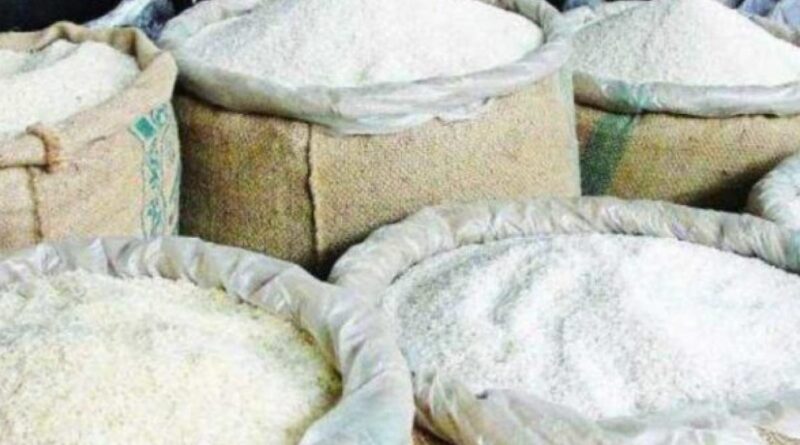Tamil Nadu: Efforts to fortify rice hits roadblock, traders say govt’s idea flawed
The campaign by officials to popularise the fortified rice in Arani taluk has been facing stiff resistance from traders as they are wary of its benefits.
The district administration has been insisting traders add nutrients to rice as the State government provides fortified rice to ration shops under the Public Distribution System.
Ostensibly aimed at increasing the health and well-being of consumers, the plan has fallen flat as the traders’ association sees it as a bad business apprehending that the move was unlikely to yield the desired results.
Arani Taluk Paddy and Rice Merchants Association Secretary H Sreeman told DT Next, “98% of rice produced in Arani is Ponni, a top variety, which loses nutrients as consumers wash it twice before cooking.”
Traders fear that the fortification process may kill their business. “It is a common practice among the public to taste a few grains before they decide whether to buy it or not. If by chance they consume a fortified rice kernel (FRK), the sour taste (of the minerals) will result in them suspecting us of adulterating the commodity,” said Sreeman.
The efforts to fortify regular rice through mills at Arani in Tiruvannamalai district earlier received a dismissive response from locals, point out traders. “Though the government is pushing us to fortify regular rice, it also claims that it is not mandatory. But when we expressed apprehensions, officials failed to give a convincing reply,” Sreeman said.
Tiruvannamalai District Civil Supplies Corporation Hulling Agents Association Secretary CA Arunkumar said, “The 20 odd hulling units at Arani are providing 13,600 tonnes of fortified rice to the PDS every month.”
Detailing the fortification process, he said, “Fortified rice is mixed with normal rice in a 1:100 ratio. After due checking, samples are taken and sent to a lab to ensure the fortification ratio, before the rice is moved out. The entire process consumes around 10 to 15 days.”
This article has been republished from The Dtnext

